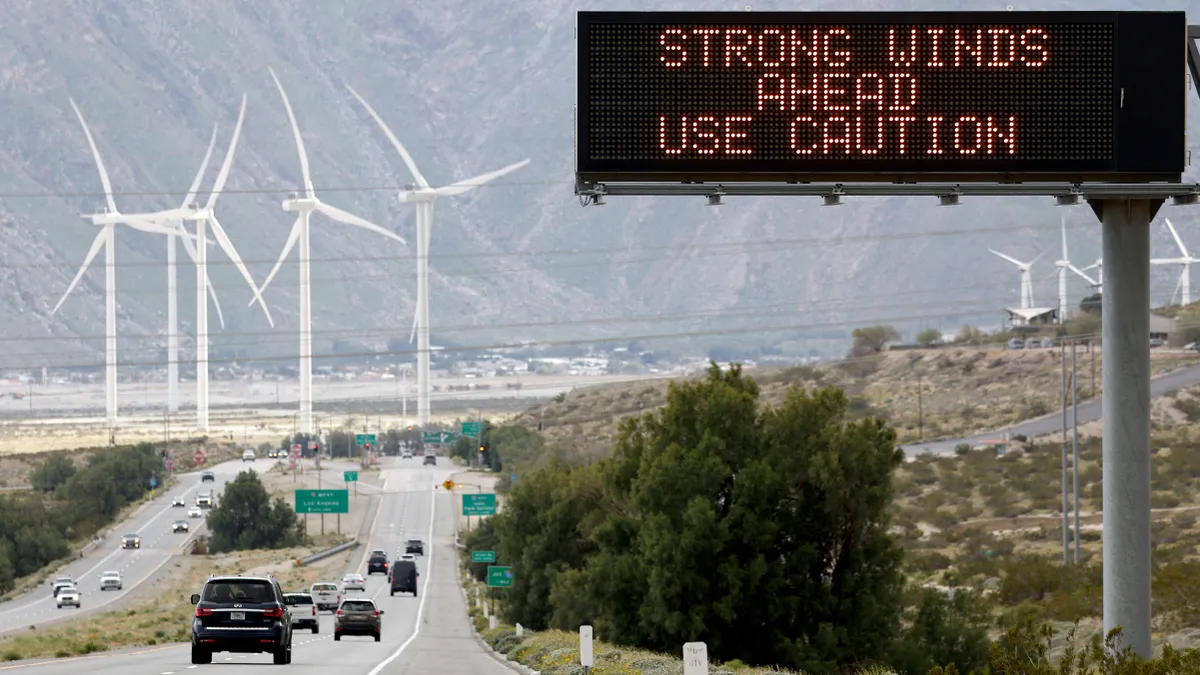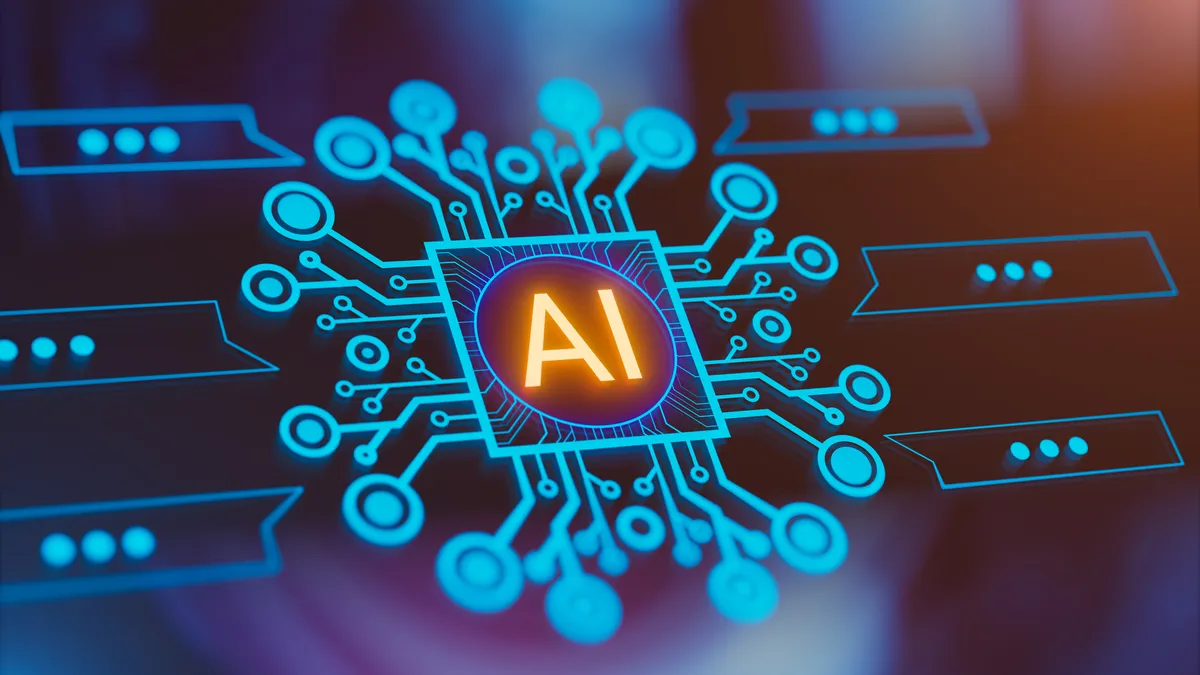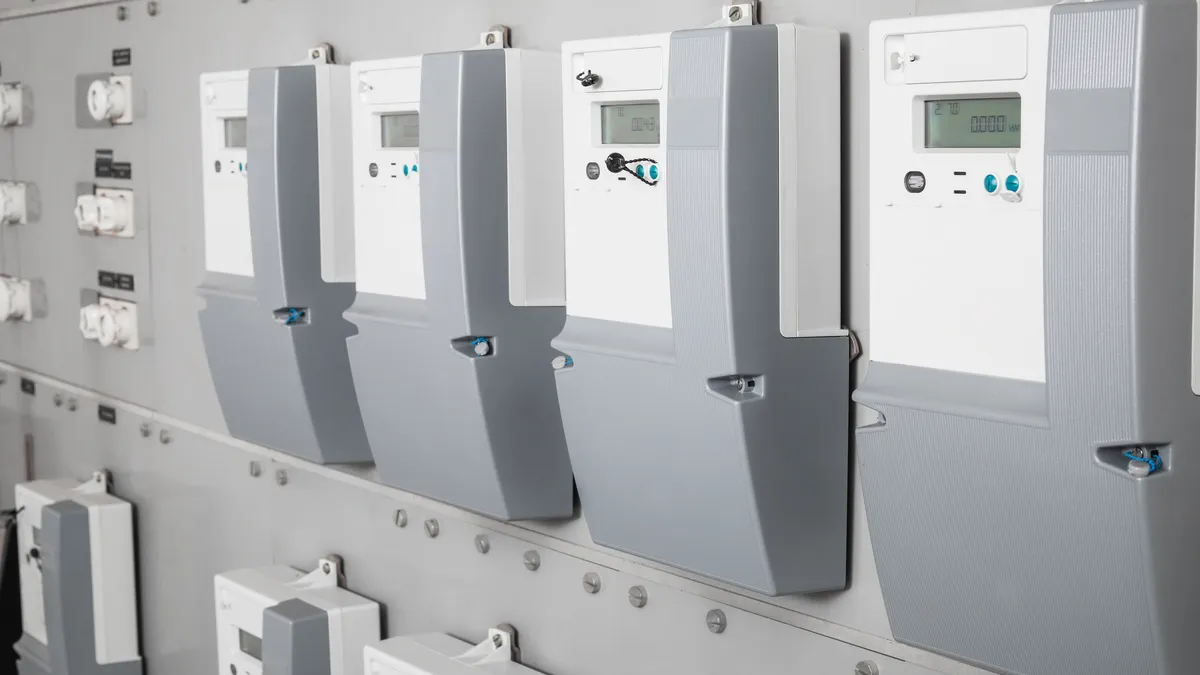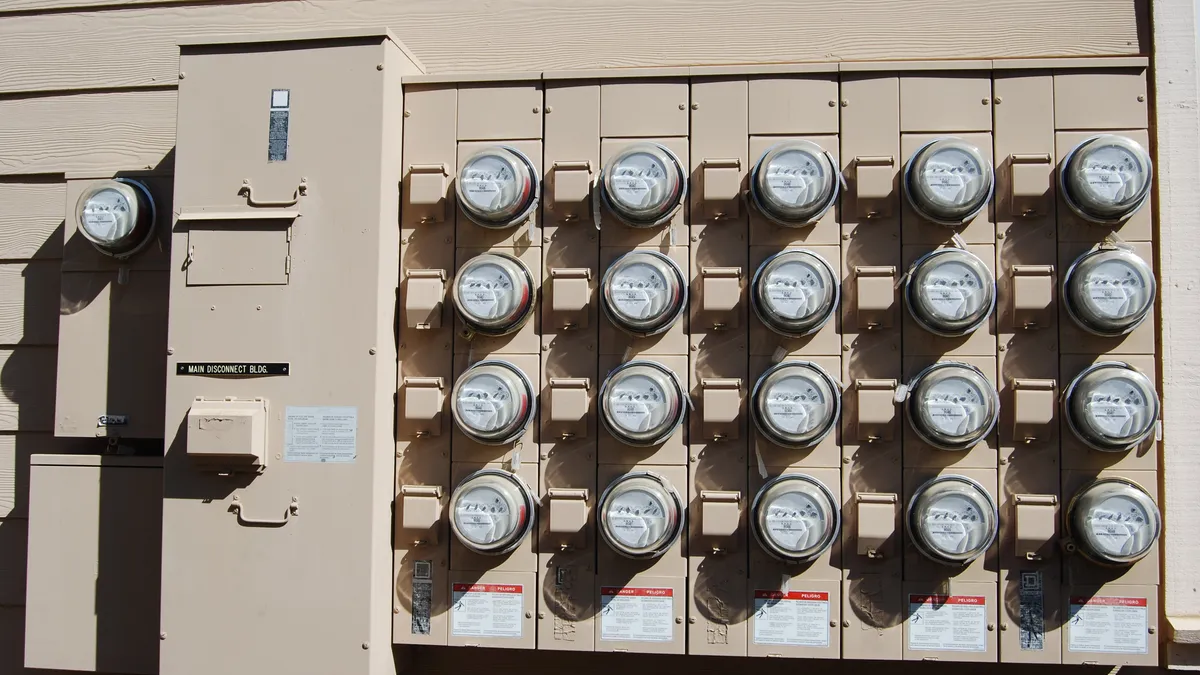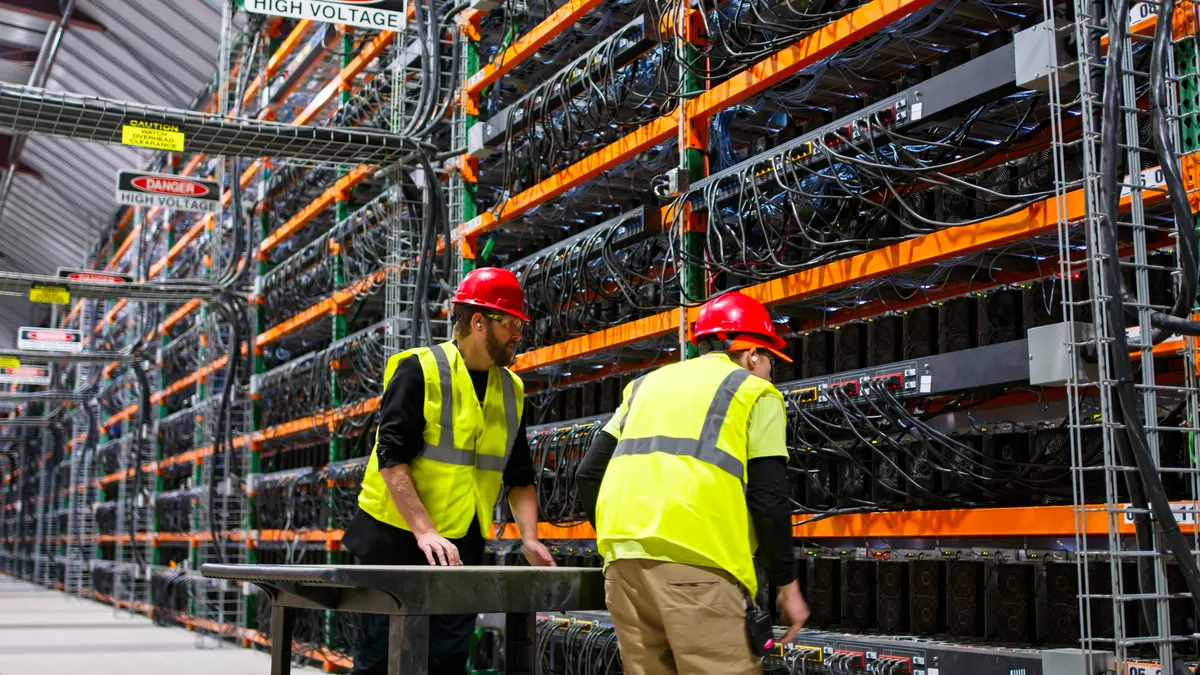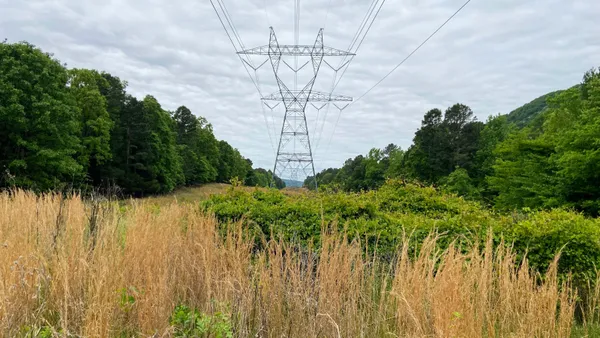This is the latest installment in Utility Dive's "Taking Charge" series, where we engage with power sector leaders on the energy transition.
When Mary Powell took over the helm at residential solar and storage provider Sunrun this year, she was struck by how good it felt to be back on what she calls "the frontlines of combating climate change."
Powell had previously served a 12-year stint as the president and CEO of Vermont utility Green Mountain Power, during which time the utility placed a heavy focus on expanding distributed energy resource access in its footprint.
"[B]ut I actually feel like now I'm in a seat where I can scale solutions to climate change so much faster than even the most progressive, innovative utility in the country… which we were, at Green Mountain," she told Utility Dive in a recent interview.
Powell's move to Sunrun comes as the electric sector is navigating a broad shift towards cleaner energy, as well as a more distributed and dynamic grid. And a lot of the practices she put in place at Green Mountain Power could offer valuable lessons for other utilities as they navigate aggressive clean energy goals. The utility, for instance, was the first in the country to put Tesla Powerwall batteries into people's homes and pursued a number of other initiatives that supported a more distributed grid.
"Everything we did [at Green Mountain Power] is scalable, and practical," Powell explained.
"It's not like we need to wait for some invention to help us solve [climate goals] on the energy side. What we need is radical collaboration, to just scale faster."

Mary Powell
CEO, Sunrun
One key lesson she has drawn from her experience is the importance of what she calls "radical collaboration" between different stakeholders. The technologies that the electric sector needs to meet aggressive clean energy goals exist, she noted.
"It's not like we need to wait for some invention to help us solve it on the energy side. What we need is radical collaboration, to just scale faster," Powell said.
‘Utilities aren't built for speed'
Across the U.S., policy-makers are taking a closer look at the opportunities that distributed energy resources can afford the grid. In California, for instance, regulators expect to see a huge growth in distributed resources, with one analysis indicating that behind-the-meter solar generation, behind-the-meter storage capacity and electric vehicle demand will increase 260%, 770% and 370%, respectively, from 2019 to 2030. This year, the state's Public Utilities Commission launched a sweeping rulemaking focused on modernizing the grid in preparation for these new resources.
That rulemaking reflects the fact that the energy transition is going to depend on the active participation of customers as well as utilities, Michael Colvin, director of regulatory and legislative affairs at the Environmental Defense Fund, told Utility Dive in an email — it isn't an either/or trade-off situation.
"California is planning for high customer participation rates from distributed energy resources and is setting up a framework for major investments into the distribution electric grid and new utility market rules to compensate those customers accordingly. In this way, the utility is extending its role as an "energy service provider" by providing the backbone to unlock these customer investments," Colvin added.
When it comes to balancing a utility-led revolution versus a customer-led one to get to clean energy goals, from Powell's perspective, "there's no contest, in the sense that utilities aren't built for speed." At the same time, she said, utilities and other providers can collaborate to help build a more resilient and flexible grid.
That's why, she said, policy, political and regulatory leaders need to ramp up their focus on the importance of having these distributed devices on the grid, and electric vehicles. By doing so "we can move not just towards having more solar and storage, but really positioning for whole home electrification, which is such a big part of getting carbon emissions down," she added.
On building a highly interactive grid
In some parts of the country, however, the growth of a distributed grid has brought with it some tensions around compensating solar owners. In California, for instance, where regulators are considering a behind-the-meter solar tariff to replace the retail rate net energy metering, solar advocates, customer advocates and others are split on a solution that will allow distributed solar to grow without harming some customers.
When asked about how utilities can approach the growth of distributed energy resources in this context, Powell said that utilities have been built from the historical perspective of "protect, preserve, defend the grid," a culture that has been reinforced by the regulatory regime. Over time, she said, this has led to viewing anything new and different through the lens of being a threat to the grid, rather than an opportunity. As a result, the prevailing mindset is one of seeing new things as a problem, rather than figuring out how to leverage them, according to Powell.
"If we spent 50% of the emotional and intellectual energy that has been spent in regulatory hearing rooms around the entire United States of America on how to get to yes, versus how to resolve no, we would be so much further down the path" of leveraging new resources, she said.
"I started talking ten years ago about really, fundamentally wanting to accelerate what I believe is a customer-led revolution to clean energy. And what I'm really most excited about now, ten years later, is… it just feels different."

Mary Powell
CEO, Sunrun
Powell also sees a role for distributed energy resources when it comes to bolstering grid reliability — a key concern for regulators in California, which experienced rolling blackouts amid a summer heatwave in 2020; Texas, which went through devastating power outages during a cold snap last winter; as well as other parts of the country. For Powell, addressing this challenge comes down to moving away from what she calls a "beat the peak mentality" or the notion of "chasing" the peak. At Green Mountain Power, for instance, she saw the utility's role as leaning into distributed resources to create an energy system that could instead flatten the peak.
"And that's a highly interactive grid. ... We're creating an energy sharing economy," Powell said. "You have devices in your home, and then hopefully you're working with us and we're working with the grid behind us, and we're all combating climate change and making energy more affordable and cleaner and greener…"
Powell has an optimistic view of the broader energy transition. In part, she said, this is because she thinks the electric industry can make more progress with a can-do attitude. But it also comes down to the fact that the technologies that can help achieve ambitious climate goals currently exist, according to Powell.
"I started talking ten years ago about really, fundamentally wanting to accelerate what I believe is a customer-led revolution to clean energy. And what I'm really most excited about now, ten years later, is… it just feels different," Powell explained.
"It feels like we're finally really starting to hit that amazing, powerful tipping point," she said.










